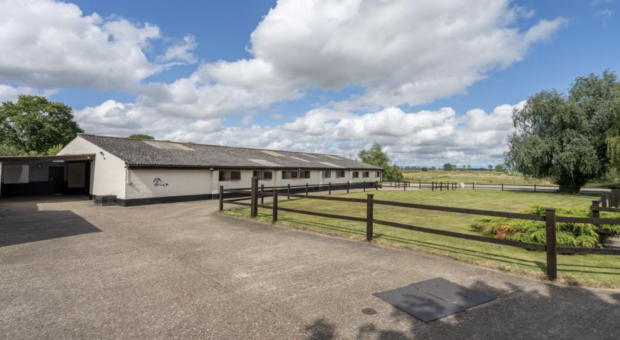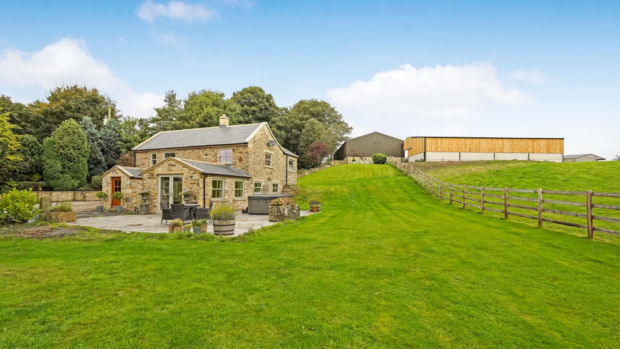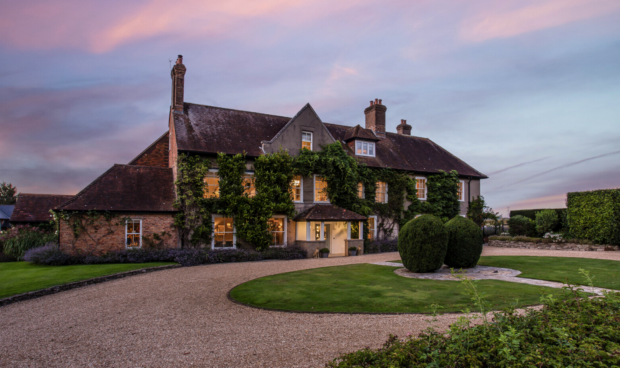Unless youre the Duke of Edinburgh, the mundane concerns of where to put your harness and carriages can present a harder challenge than winning the grand prix at Royal Windsor. So how should drivers go about finding a new home?
The answer is to zoom in on the basics. Safety must come first, so any drivers wish list should be topped by an enclosed yard with plenty of hard standing where you can put the horses to the carriage.
You need a nice flat area away from the front yard, where you can put to. This means you can make sure youre ready before opening the gate, says Tess Styles of the British Driving Society.
Storing costly driving equipment well away from the clutches of potential thieves is equally crucial.
The more things are out of sight from the road and visitors, the better, says Nigel Dipple from the British Horse Driving Trials Association.
He recommends choosing a property with a decent sized harness room and a spacious, secure building for carriages. But there is no need for a full-blown coach-house. A large barn will do the trick, as long as it is well tucked-away and has double doors to allow vehicles in and out easily.
A horse drawn carriage is about the same width as a car, so any garage will be good enough to put a carriage in as long as you know what youre doing with the shafts, says specialist agent George Windsor Clive. Or you could have a Dutch barn and put double or sliding doors in it.
The overall size of the property depends on your pocket, as Dipple puts it, but having a long-term vision usually pays off. A lot of people can drive a single pony, then get ambitious and get moving into pairs, says Styles.
So prospective buyers should consider whether theyd like to drive teams in the future, or move from pleasure to competition driving, and choose their home accordingly.
Geology matters as much as acreage. Sandy soil is preferable because it is allows driving for the best part of the year, according to specialist agent Diana Rowell of Churchill Country & Equestrian. And a good location close to a network of driving tracks is vital, particularly for those starting out.
You want a place with forest tracks or where you have access to Forestry Commission land. Or you could buy a farm big enough to drive on, but that starts getting expensive, says Windsor Clive.
Dipple recommends somewhere with plenty of flatwork and some hillwork because a good mixture really helps.
At the opposite end of the driving spectrum, properties for competitors must accommodate a host of other requirements. Drivers who take part in shows or trials will need a large parking area for oversize lorries, accommodation for grooms and a spacious outdoor school for exercise.
The ideal sand school is 100x40m, but not everyone runs to that, says Dipple. You should [at least] have a good level area.
And because very few clubs have course facilities, competitors should preferably choose a house with a bit of woodland and a brook to build permanent obstacles.
You dont need a huge amount of land a few obstacles will do, says Dipple.
And, as in every discipline, a busy competitor must have good access to main roads. This may be difficult to reconcile with the need for quiet byways, making areas such as the New Forest sought after.
Theres plenty happening everywhere, says Dipple, whose top tip is to go where other drivers live and share facilities.
In a market where suitable properties rarely crop up and when they do are snapped up quickly, pooling facilities may be the easiest way to land that perfect home.
|
||
 |
||


 Get up to 19 issues FREE
Get up to 19 issues FREE TO SUBSCRIBE
TO SUBSCRIBE 



